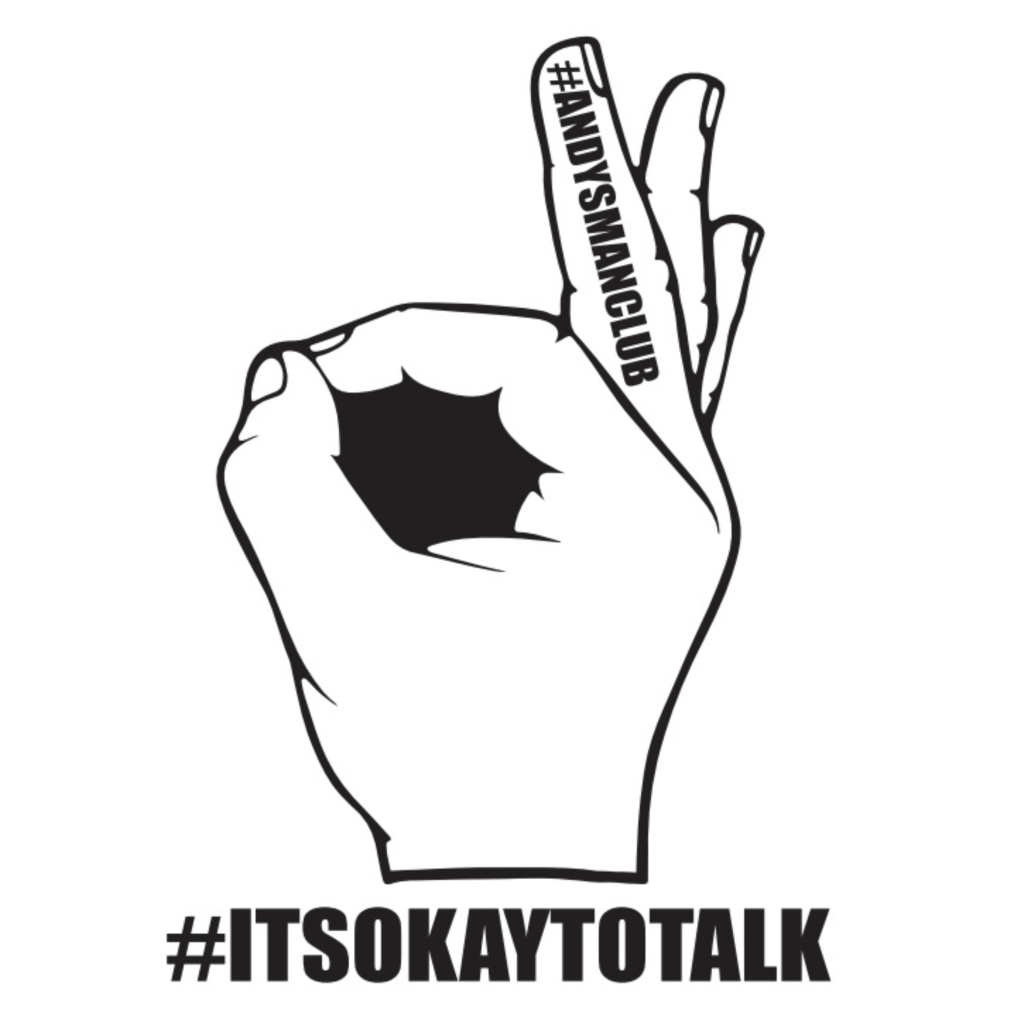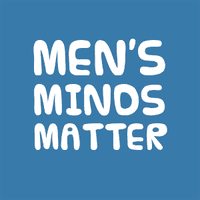Male Therapists are a Minority
There are two constants when talking to male therapists in 2025.
Firstly, they almost always work with majority male clients. That despite men making up fewer than a third of the clients accessing psychotherapy and counselling. Clearly, many men prefer a male therapist.
Secondly, they were all, without fail, a tiny minority on their training course. Mostly, they were one of only two or three men in a cohort of over 20. Sometimes there were they only one.
The statistics back that up: according to the UKCP, only about 20% of practicing psychotherapists in the UK are male – and that number has been rapidly decreasing for decades.
A Gendered History of Therapy
In the 1950s the gender split of therapists would have been almost directly reversed. Therapy was invented by men, at a time when women weren’t really allowed career-autonomy across much of the world. Because of that, women’s emotional issues were seen purely through a domestic lens. That meant it was their emotional issues that were pathologized and they were seen as the ‘problematic’ sex; check out the etymology of ‘hysteria’ for more details.
What’s more, men simply didn’t have emotional problems, so why would they need help with them?
The Crisis in Men’s Mental Health
We now know that to be horseshit. You certainly don’t need to read the male mental health statistics again. You’ve seen and heard them repeatedly: suicide, addiction, violence, deaths of despair, loneliness… these all affect men disproportionately. And yet, it’s only really been in the last five years or so that there have been the beginnings of a collective consciousness change among men.
Men’s Groups and the Power of Male-Only Spaces
There has been an explosion of men’s talking groups across the world. In the UK alone there are at least five major charities running such groups. There are many, many more smaller ones, too. And research is starting to prove just how effective these spaces can be. It shows that group work helps men to reduce stress, improve life satisfaction and self-esteem and, vitally, decrease their sense of isolation.
The evidence is clear: male-only spaces benefit men’s mental health – and if you build them, they will come. And so, when it comes to therapy, it’s time to take a similar approach.
Why Men Drop Out of Therapy
For starters, twice as many women go to therapy than men. Also, the amount of time between onset of a mental health concern and seeking out treatment is about twice as long for men than women. Those are both big challenges to overcome. Though perhaps the saddest statistic of all is that about 45% of men drop out of therapy prematurely. That means we’ve got them, briefly, but lose them all-too-soon, before the real work can be done.
The major reason men drop out of therapy is reported to be that they don’t feel a connection to their therapist. That makes sense – and the affinity bias helps explain it. This phenomenon stems from an innate human tendency to feel comfort, familiarity and a sense of belonging with those who share our traits and characteristics, including physical appearance. It would suggest many men don’t see themselves mirrored in the therapy room, which would make sense, given so few therapists are male.
Therapy’s Reputation Problem for Men
Therapy also has a stuffy reputation. Traditional therapeutic approaches, though declining in their prevalence, can certainly feel alienating to men. The most common refrain from men’s work OGs is to ‘meet men where they are’. That still isn’t happening nearly enough in the therapy room.
Over the past few decades there has been a huge move helping certain groups create the protected spaces they so desperately needed. Women, queers, black and ethnic minorities and disabled people have fought for places to go to feel understood and to feel safer in environments where they have traditionally been outnumbered. These spaces worked hard to move away from how things ‘have always been done’, to help their members feel seen, understood and more welcome.
Men need similar spaces to engage with the challenges of their mental health.
Why More Male Therapists Matter
To be clear, it’s not that all men would uniformly benefit from seeing a male therapist. Men aren’t better therapists than women or non-binary people. It’s that having more male therapists will help to normalise men being in therapy on either side of the sofa. That would help change the way therapy is delivered to men, and further encourage more men to seek therapy. In turn, that would also benefit the therapy profession, as it would increase the number of clients coming to see us.
Men’s Issues and Blind Spots in the Therapy World
For this to happen, we need training programmes to recognise that men are underserved and underrepresented in the therapy room. We need to stop seeing all men’s mental health issues through a basic lens of problematic masculinity and emotional suppression and work to better understand that men have specific problems with specific symptoms that require specific solutions.
Just as an example: have you ever, for a moment, considered the weight of male generational trauma? We rightly talk about it all the time for every other group than white men.
Or what about the appalling approach the medical profession has taken in assuming that all bodies respond the same as men’s. Perhaps we’ve been doing the reverse in the psychological world; assuming men’s minds work and respond just the same as women’s and approaching them accordingly. They absolutely do not respond the same. Socialisation is very real. In fact, it’s the foundation of most therapeutic approaches. To ignore that reality feels hypocritical.
Signs of Change and Men’s Therapy Hub
Change is happening, and it’s visible simply by looking at the profiles of the early adopters of Men’s Therapy Hub. It’s the UK’s first and only directory of male therapists for male clients. Many of them have gone directly against their strict training of ‘no self-disclosure’ and have explained precisely who they are; giving clients a clearer insight into who they might be working with. In sessions, many men are now being more ‘real’ and open with clients, swearing and bringing a more direct, action-oriented approach to their work. Walk and talk therapy is growing, as is the combination of therapy and coaching. They’re all attempts at speaking to men how they’re used to being spoken to; meeting them where they are.
They’re no longer saying that male clients need to adapt to fit into old therapy models. Instead, they’re adapting the model – and hopefully keeping more men in session long enough for the work to benefit them.
A Call for Wider Advocacy
This is how change happens, and it’s precisely why we launched Men’s Therapy Hub; to be part of the collective responsibility from men to drive the change needed in this area – because it has to come from men.
But real change needs wider advocacy, which is why we also need buy in from the major professional bodies. We need a unified campaign to encourage more men into the profession, and a major campaign to show men what therapy can do for them.
It’s not only good for the long-term wellbeing of men and society at large, it’s also good for business!















